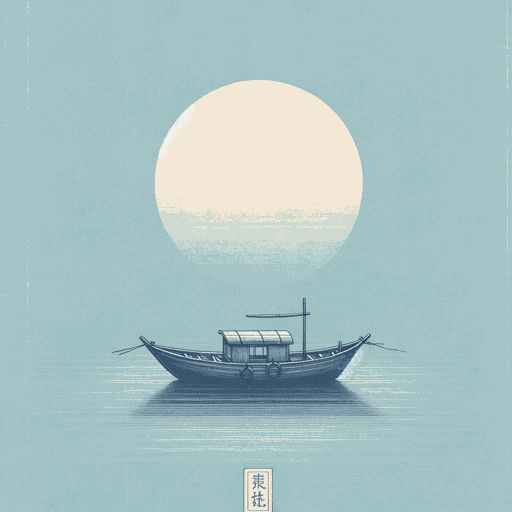68 pages • 2 hours read
Erika LeeThe Making of Asian America: A History
Nonfiction | Book | Adult | Published in 2015A modern alternative to SparkNotes and CliffsNotes, SuperSummary offers high-quality Study Guides with detailed chapter summaries and analysis of major themes, characters, and more.
Part 3, Chapters 10-12Chapter Summaries & Analyses
Part 3: “Asian America in a World at War”
Chapter 10 Summary: “‘Military Necessity’: The Uprooting of Japanese Americans During World War II”
After Japan’s Pearl Harbor attack on December 7, 1941, the United States officially entered World War II. The attack also led to the classification of first-generation Japanese Americans as “enemy aliens” and the imprisonment of first- and second-generation Japanese Americans in concentration camps throughout the United States (211). In Canada and the US, the majority of Japanese Americans lived on the Pacific Coast in British Columbia, Washington, Oregon, and California. An estimated 120,000 Japanese residing in the US, two-thirds of whom were citizens, were uprooted, while 23,000 Japanese Canadians faced the same fate. The measure was deemed a “military necessity” (211).
Japanese Latin Americans were arrested in Peru and transported to the US for the same purpose. Overall, “Japanese Americans, Canadians, and Latin Americans were not individually charged with acts of treachery or subversion, but were instead sentenced as a group for incarceration during the war in the name of national and hemispheric security” on racial grounds (212). Nineteen Americans arrested for “serving as agents of Japan” were all white (212). In contrast, the majority of Japanese Americans, per government reports, were “overwhelmingly loyal to the United States” (212).
Nonetheless, the existing US legal framework, such as the 1940 Alien Registration Act, facilitated their incarceration.
Featured Collections
Asian American & Pacific Islander...
View Collection
Books on U.S. History
View Collection
Colonialism & Postcolonialism
View Collection
Community
View Collection
Contemporary Books on Social Justice
View Collection
Globalization
View Collection
Immigrants & Refugees
View Collection
Politics & Government
View Collection
SuperSummary Staff Picks
View Collection

